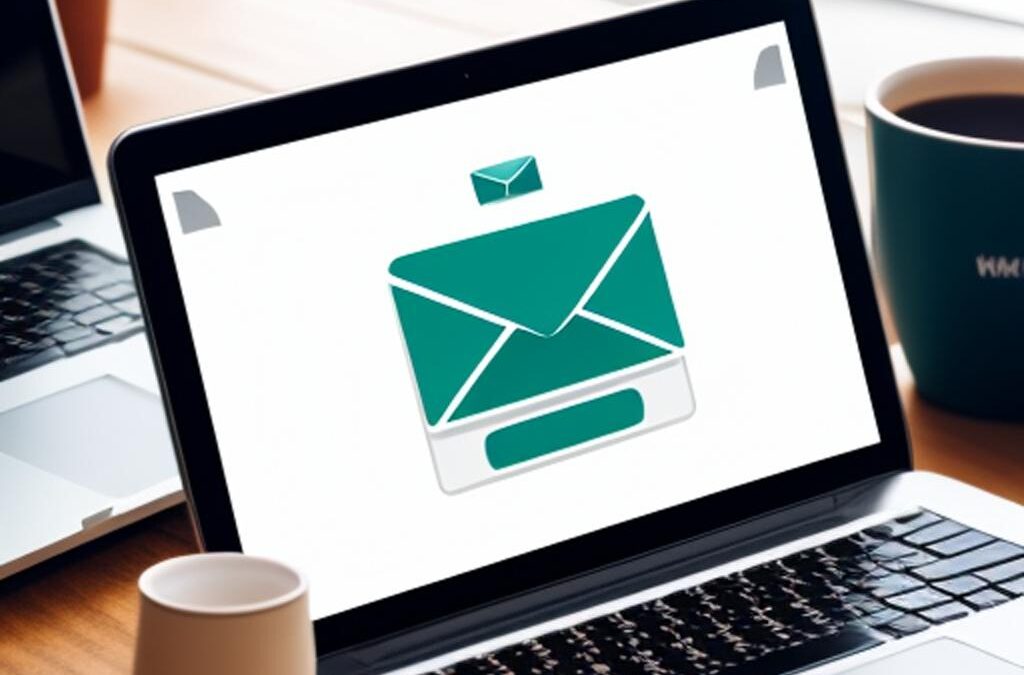Swipe, Scroll, Forget? Not With Email Marketing!
In today’s digital landscape, where social media, search engine optimization, and influencer marketing often dominate the conversation, email marketing remains a steadfast and powerful tool for businesses to connect with their audience. With an estimated 4.1 billion email users worldwide, according to Statista, the potential reach and impact of email marketing are undeniable. However, standing out in a crowded inbox requires strategic planning and adherence to best practices. Let’s delve into some key strategies for engaging your audience effectively through email marketing.
First and foremost, personalization is paramount. Gone are the days of generic, one-size-fits-all email blasts. Today’s consumers expect tailored content that speaks directly to their needs and interests. Utilize data collected from your subscribers to segment your email list and deliver targeted messages. Address recipients by name, recommend products based on their past purchases or browsing history, and craft subject lines that pique their curiosity. By making your emails feel personalized and relevant, you can significantly increase engagement and conversion rates.
Furthermore, timing plays a crucial role in the success of your email campaigns. Pay attention to when your audience is most likely to check their inbox and interact with your emails. Experiment with different send times and analyze the results to identify the optimal timing for your specific audience. Additionally, consider the frequency of your email communications. While staying top-of-mind is important, bombarding subscribers with too many emails can lead to fatigue and unsubscribes. Strike a balance by delivering valuable content at a cadence that feels appropriate and non-intrusive.
Another essential aspect of effective email marketing is compelling content. Your emails should provide value to recipients, whether through educational insights, exclusive offers, or entertaining anecdotes. Avoid overly promotional language and focus on building trust and rapport with your audience. Incorporate visually appealing graphics, videos, or interactive elements to enhance the overall experience. Remember that attention spans are short, so keep your content concise and scannable. Use clear, compelling calls-to-action to guide recipients towards the desired action, whether it’s making a purchase, signing up for an event, or sharing the email with their network.
In addition to delivering valuable content, it’s crucial to optimize the design and functionality of your emails for various devices and email clients. With a growing number of consumers accessing their emails on mobile devices, responsive design is non-negotiable. Ensure that your emails are mobile-friendly, with easy-to-read text, clickable buttons, and minimal scrolling required. Test your emails across different devices and screen sizes to guarantee a seamless experience for all recipients.
Last but not least, never underestimate the importance of measuring and analyzing your email marketing performance. Track key metrics such as open rates, click-through rates, conversion rates, and unsubscribe rates to gauge the effectiveness of your campaigns. A/B testing different elements of your emails, such as subject lines, content, and calls-to-action, can provide valuable insights into what resonates most with your audience. Use this data to refine your strategies and continually improve the impact of your email marketing efforts.
In conclusion, email marketing remains a powerful tool for engaging and nurturing your audience in today’s digital age. By implementing best practices such as personalization, timing, compelling content, responsive design, and analytics, you can unlock the full potential of email marketing and drive meaningful results for your business. Remember to prioritize the needs and preferences of your audience, and always strive to deliver value with every email you send.


Recent Comments